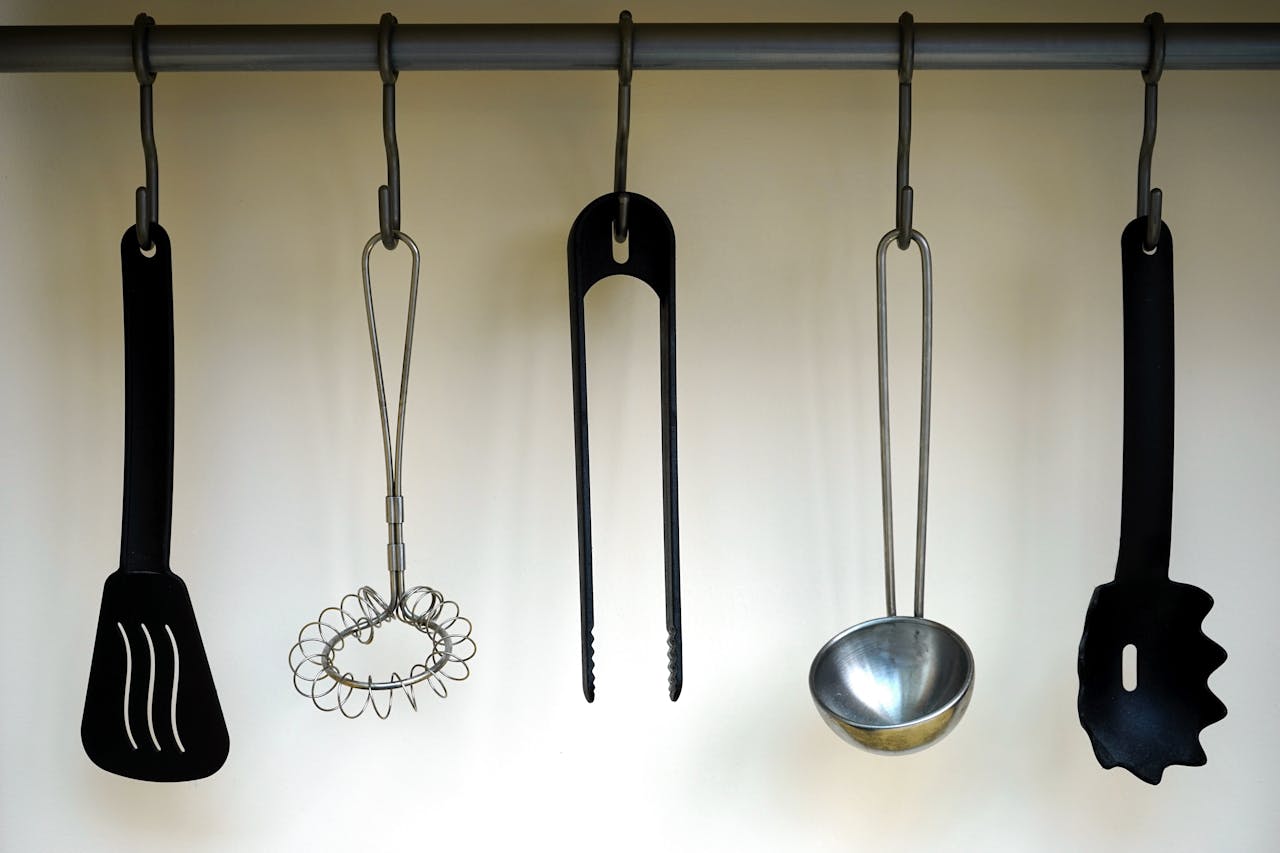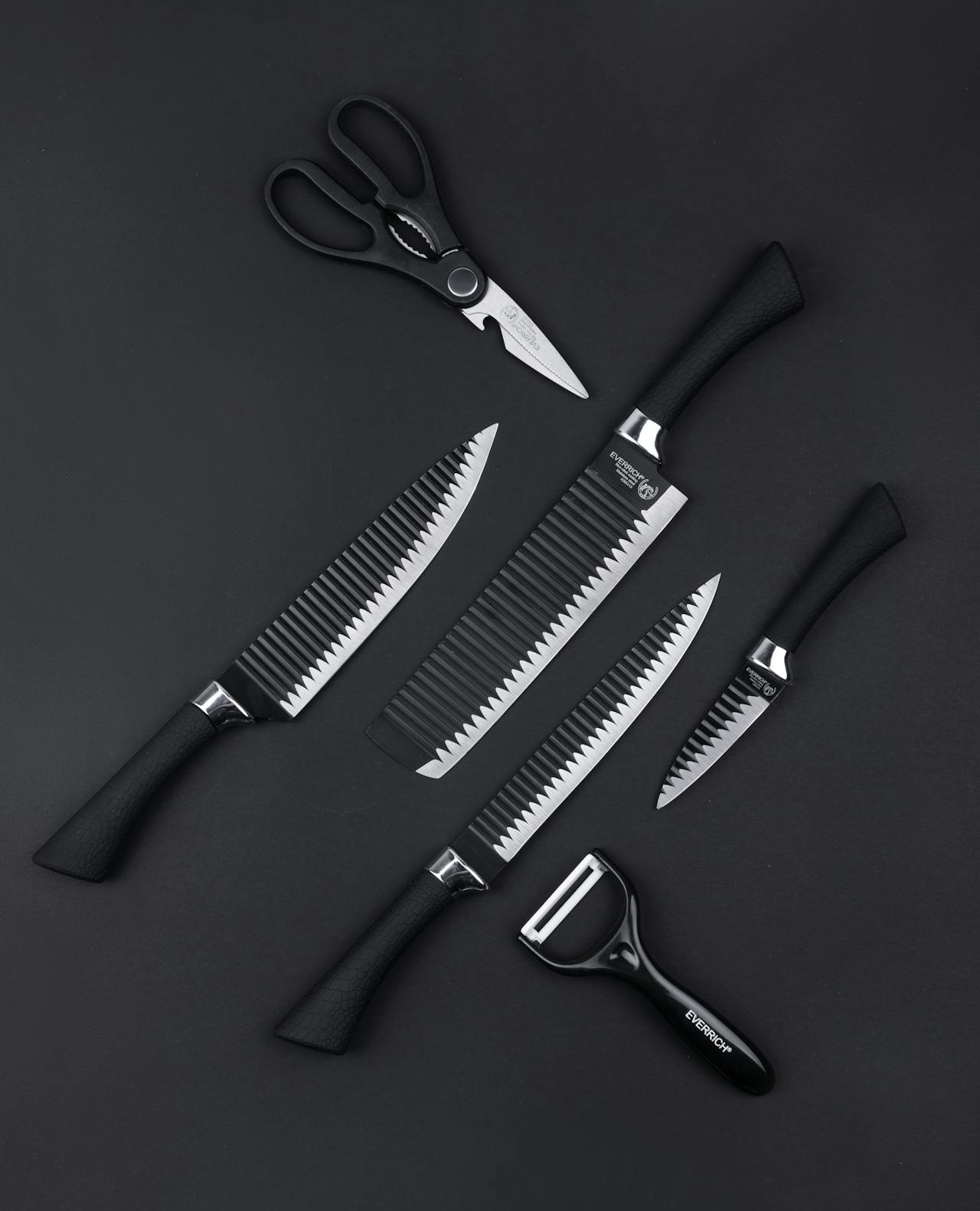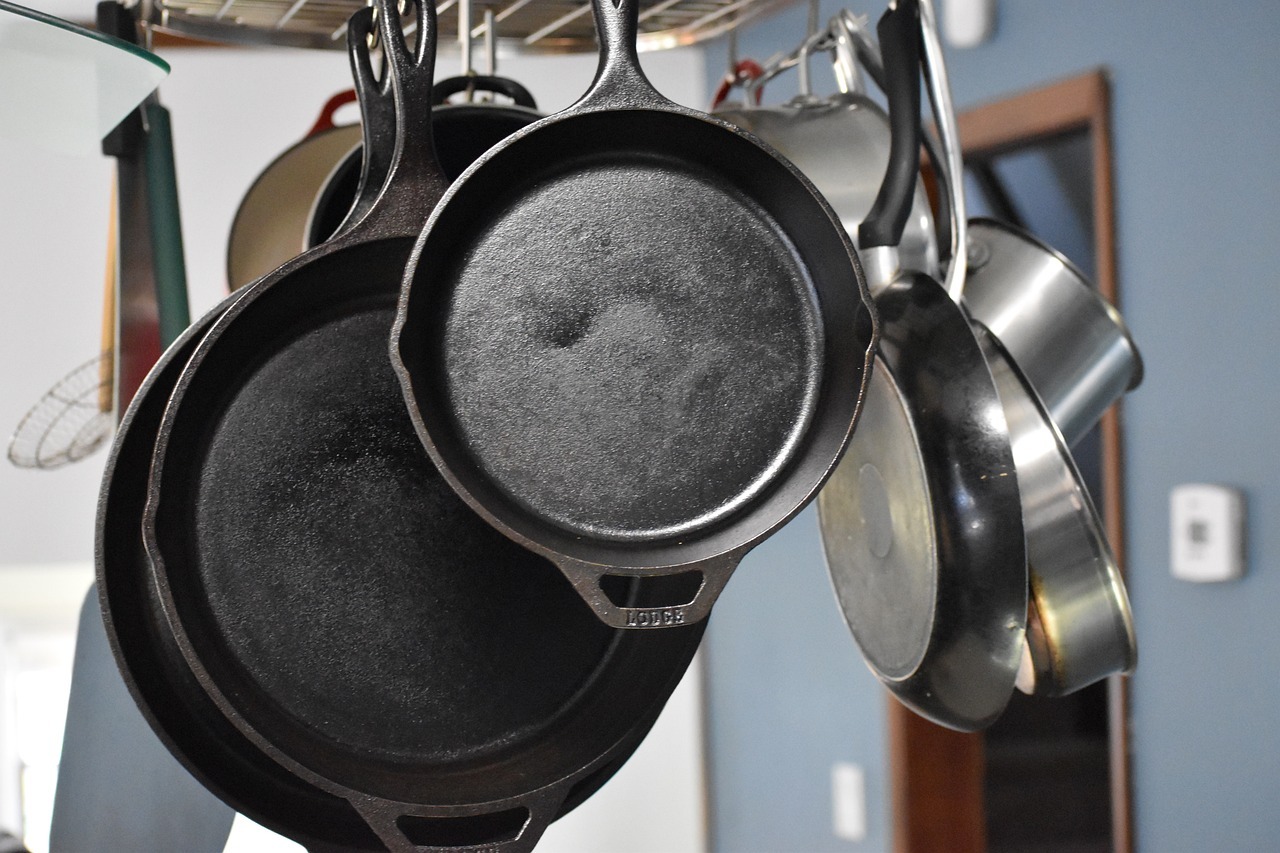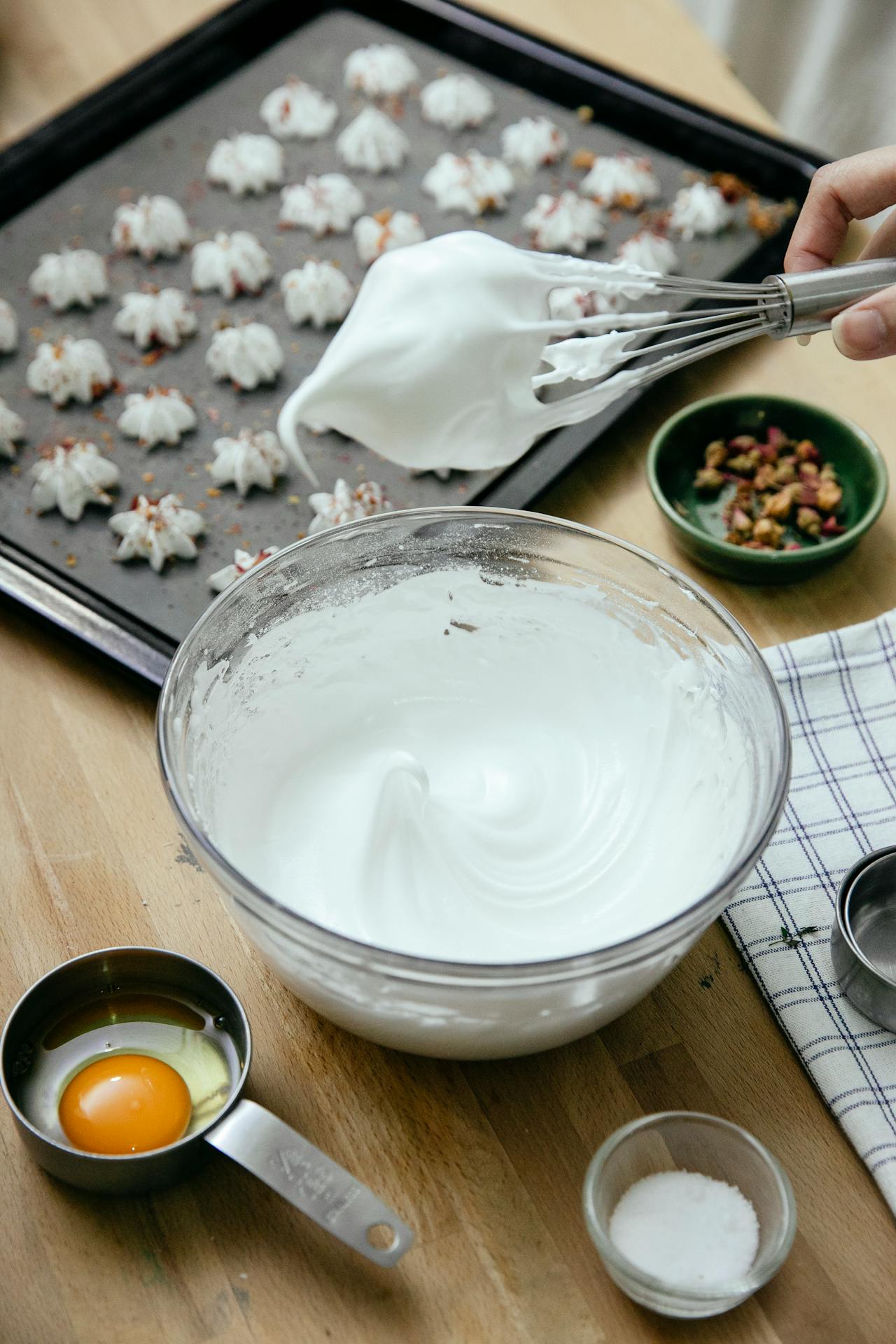To be able to cook different meals and bake different pastries, you need to have a good number of tools that are handy. This means that your kitchen needs to be well-prepared if you want to spend time cooking a lot of food. A well-prepared kitchen is one that has a good stock of utensils that are ready to be used for whatever recipe you want to cook. But what are these cooking utensils, and what do they do?
If you are thinking of giving your kitchen a makeover or organizing it to be able to cook more dishes for your family, then adding useful kitchen utensils can be helpful, too. When you go to stores or browse online, you’ll be able to find many different kinds of kitchen utensils. Sometimes, they can also be bought by set. One example we can recommend is a high-quality, non-stick, and heat-resistant silicone. You can use these utensils without worry, as they will not scratch your expensive non-stick cookware pots and pans.
With the many options available, it’s kind of challenging to choose the best types of utensils you need. To help you out, we are going to give you a list of the different types of cooking utensils and their uses. This way, you’ll be able to tell which of them are the best to have in your kitchen.
Spoons and Ladles
Spoons and ladles are used to stir food when cooking them. Here are the different kinds of spoons and ladles that you can have in your kitchen
- Standard Kitchen Spoon: The standard kitchen spoon is an oversized spoon that is useful when dealing with food and liquids in big pots. You can use it to scoop, move, stir, and hold food in place while cooking. There are two kinds of this utensil, which are the solid and the slotted. The slotted one is used to drain liquid from underneath while controlling the solid foods in the basin of the spoon.
- Soup Ladle: The soup ladle is a big spoon that is curved and has a long stick handle. It is used for removing soup and stews from larger pots to transfer them to smaller ones or when serving individual bowls.
- Pasta Ladle: The pasta ladle features an edge with teeth and a hole in the middle of its basin. The teeth enable you to grab pasta from hot water quickly, while the holes allow the water to drain out. It is best used to serve pasta from the main cooking container or an electric pasta maker.
- Spatula: The spatula is a flat utensil that is commonly used when frying food. It allows you to slide under food and pick it up to serve. You can also use it to flip food to cook its other side. They also come in different sizes depending on how large your frying pans are.
Knives and Cutting Utensils
These are the utensils that you use to cut and chop ingredients before cooking them
- Basic Kitchen Knife: The basic kitchen knife can come in a half foot blade or even larger. It is used to cut large and medium-sized pieces of food that are needed to be sliced or diced. This type of knife is commonly found in most kitchens and you can buy one from the best online knife store. It is the do-all knife for any cook, making it a basic essential in the kitchen.
- Paring Knife: The paring knife features a small blade about the size of a finger. It is best for cutting smaller pieces of food, and as well as for paring fruit, gouging, and singular piece removals. However, this knife does not work well in larger food portions. But you can use it for delicate cutting work.
- Bread Knife: The bread knife features a serrated edge. It looks rough and vicious. Its serrated edge is important to be able to cut bread quickly. It’s because when you try to cut bread using a solid blade, the bread will just be squished unless the blade is very sharp.
- Serrated Knife: If you are looking for high-quality serrated knives and other premium cutlery supplies, you can actually purchase them online. A serrated knife has a longer blade than a bread knife. It is best for cutting large pieces of meat quickly, especially cooked ones. You can use this type of knife for cutting large roasts, such as chicken, turkey, and more.
- Boning Knife: The boning knife features a long and thin blade. It is used in separating meat from the bone, just like in fish. You can also use it to make specialized meat cuts like filets.
- Knife Sharpener: A knife sharpener is a long metal rod that has a handle. Knives are worked against its surface in a cutting, friction manner to sharpen the edge of the blade. It can keep your knives’ blades in top shape.
- Kitchen Scissors: You can use kitchen scissors to cut things apart. But most importantly, you can use it to cut through bones, tendons, and harder parts of food quickly. This helps in preparing food faster and more efficiently.
- Cutting Board: The cutting board is used to provide a safe place to cut food. Using a plastic board is better than using wood boards that absorb food juices as it can be a breeding ground for bacteria. Plastic cutting boards are also easier to wash and clean.
Unsharpened Kitchen Utensils
These cooking utensils are not sharp, but are very useful when handling foods
- Kitchen Mallet: The kitchen mallet features a flat side and a bumped or pointed side. It is used to hammer food, usually frozen meats, to break them apart or soften them. The bumped side is used to tenderize meat, allowing the juices and marinades to penetrate them easier before cooking.
- Nut Cracker: Nuts are indeed very difficult to open. But a nutcracker can do the job for you. It is usually used in opening walnuts and other similar nuts that you want to use as ingredients.
- Garlic Press: Slicing garlic cloves into small pieces can take a lot of time. But when you use a garlic press, all you need is to place the garlic clove in it and then squeeze out the innards into your food.
Cooking Vessels
Cooking vessels are essential in each kitchen, as they are essential tools for a variety of cooking processes. From simmering soups to baking cookies, the appropriate vessel may make or break the outcome of a dish.
Pans and Pots
Pots and pans are versatile cooking utensils that can be used for a wide range of cooking procedures. They are available in a variety of sizes and materials, each suited to a specific sort of cooking.
Skillets: Skillets, often known as frying pans, are pans with a flat bottom and flared edges. They are intended to be used for frying, searing, and browning dishes. Cast iron, stainless steel, and nonstick coatings are common materials. Cast iron skillets are appreciated for their uniform cooking and heat retention, whilst nonstick skillets are renowned for their simple food release and cleanup.
Saucepans: Saucepans are deep cooking pots with straight edges and a long handle. They frequently come with a lid.They are commonly made of stainless steel, aluminum, or copper, with nonstick coatings on some. Saucepans are used to boil or simmer liquids, cook grains and pasta, and make sauces and soups.
Stockpots: Stockpots are enormous, tall pots with straight edges that are used to make stocks and broths. Stainless steel or aluminum are commonly used for even heat dispersion. They are ideal for cooking huge quantities of food, such as stews, boiling pasta, or steaming seafood, in addition to stocks and broths.
Baking Sheets and Dishes
Baking sheets and plates are essential for oven-based cooking and baking.
Baking Dishes: These dishes come in a variety of shapes and sizes and are typically constructed of glass, ceramic, or metal. Casseroles, lasagnas, roasts, and baking desserts like brownies and cakes are all great uses for them.
Baking sheets: These are flat, rectangular metal sheets that are usually used for baking cookies, pastries, and bread. They also work well for roasting vegetables and meats.
Woks
A wok is a multipurpose, round-bottomed cooking vessel that originated in China. It is often composed of carbon steel or cast iron and has high, sloping sides. Because of its design, it is ideal for stir-frying and allows for speedy cooking and easy tossing of ingredients. Woks can also be used to steam, cook, and braise.
Other Useful Kitchen Utensils
Here are some of the other useful kitchen utensils that you might want to consider to have in your kitchen:
- Mortar and Pestle: The mortar and pestle are a great tool to use in grinding food into small powders. It is great for breaking down larger, hard foods into small parts.
- Measuring Cups: If you are into baking, then measuring cups are very important to have. They come in different sizes with the exact measurement size and containment. They are perfect to have for those who always want to follow exact amounts of ingredients when cooking.
- Whisk: The whisk is a manual mixer. It comes in small or larger sizes and will allow you to mix ingredients quickly. It is best used for beating eggs to prepare them for cooking or baking.
- Can Opener: A can opener is also an important kitchen utensil to be able to open canned foods quickly.
- Grater: A grater is used to shred cheese and as well as for lemon peel curling. It is used to quickly turn a large piece of an ingredient into much smaller pieces for cooking.
- Peeler: A peeler is used to peel fruits and vegetables quickly. It is also much safer to use compared to peeling fruits and vegetables using a knife.
- Tongs: Tongs are perfect for grabbing food when they are got. They are usually used when barbecuing or cooking on an open flame. It will allow you to flip food, move it around, and place it on a plate without burning your hands. This also helps in avoiding food contamination by keeping your hands off of the food in the cooking process.
- Cream Dispenser: A wonderfully useful tool if you regularly dispense whipped creams. Be sure to check out nangsta for great options.
Choosing the Right Utensils
Choosing the proper kitchen utensils is an important part of creating an efficient and comfortable cooking environment. Individual culinary habits, preferences, and the types of cuisine typically cooked should drive the selecting procedure. A devoted baker, for example, will have different requirements than someone who enjoys grilling or stir-frying. To determine which utensils are necessary, consider the frequency of cooking and the range of dishes cooked. Smaller kitchens may prioritize space-saving and multi-functional utensils, whereas others may prioritize specialized instruments for specific culinary tasks.
It’s a balancing act when it comes to quality against pricing. Investing in high-quality utensils, particularly for regularly used items such as knives and pans, can improve cooking efficiency and satisfaction. These items frequently provide greater durability and performance, potentially saving money in the long run. However, budget limits must also be considered. Mid-range products can sometimes provide the best balance of quality and price. Reading reviews, obtaining advice, and prioritizing purchases in regularly used items will help you make informed decisions that meet both your culinary demands and your budget. Finally, the correct kitchen utensils may improve the cooking experience by combining functionality, enjoyment, and efficiency.
Conclusion
The process of choosing the correct cooking utensils is as unique as the culinary process itself. It incorporates personal cooking styles, preferred cuisines, and practical issues such as kitchen space and budget. The objective is to strike a balance between quality and affordability, ensuring that the utensils chosen not only meet functional cooking requirements but also enhance the overall experience.
Whether you are a seasoned chef or a newbie cook, having the correct kitchen gear may boost your cooking adventures and make every meal a joyful and fulfilling experience.




